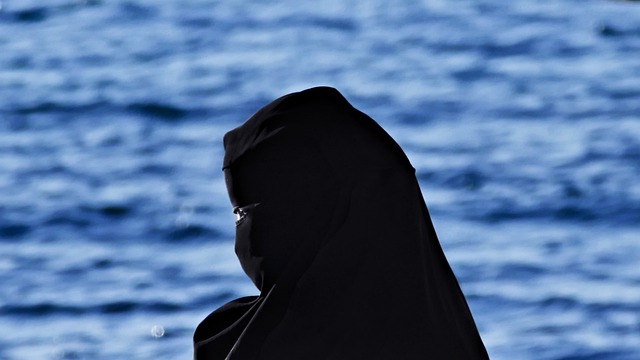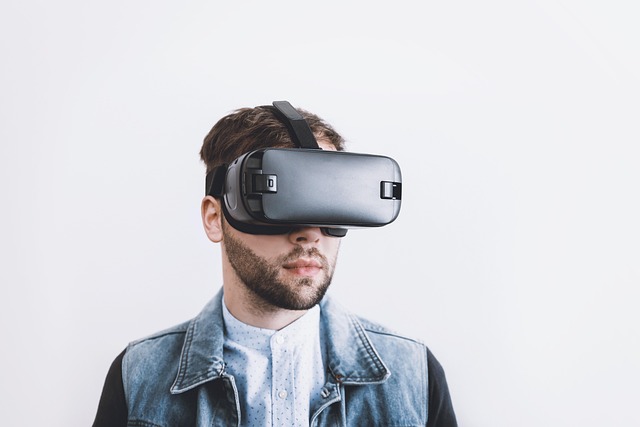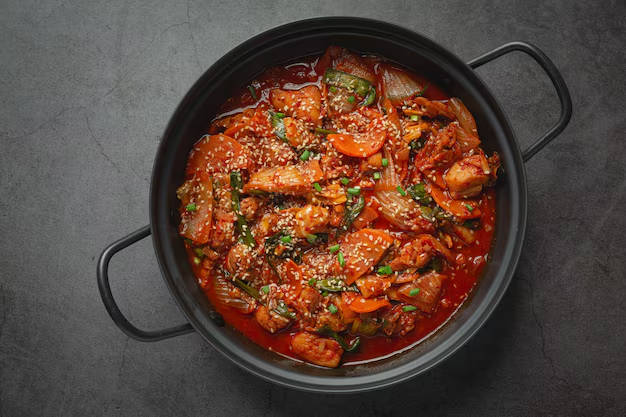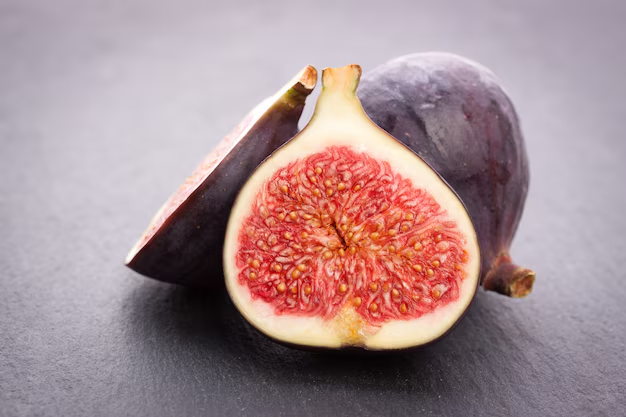The hijabhoojup , a headscarf worn by Muslim ladies, has turned into a significant image of humility, confidence, and personality for a huge number of ladies all over the planet. Nonetheless, past its strict importance, the hijab likewise conveys social, social, and political implications that make it an exceptionally discussed and profoundly private decision for some. In this article, we investigate the diverse parts of the hijabhoojup , its ascent in ubiquity, the reasons ladies decide to wear it, and how society sees it today.
The Religious Significance of the hijabhoojup
In Islam, the hijab is something beyond a piece of texture. It is an order from Allah referenced in the Quran and underlined in Islamic lessons to energize humility in all kinds of people. “Hijab” itself implies obstruction or segment, representing unobtrusiveness, security, and moral lead.
The Quran urges ladies to cover themselves as a demonstration of compliance to God and as an image of nobility and confidence. The hijab permits ladies to safeguard their unobtrusiveness out in the open and keep up with their feeling of otherworldliness by sticking to strict practices. While it is essentially worn to notice strict convictions, numerous ladies today wear the hijab as an indication of their devotion to their confidence and their own relationship with God.
Cultural Interpretations of the hijabhoojup

While the strict inspiration to wear the hijabhoojup is predominant in numerous Muslim people groups, the social understanding of this article of clothing can change essentially across the globe. In nations like Saudi Arabia, Iran, and Afghanistan, the hijab is frequently ordered by regulation as a feature of public personality and culture. Conversely, in Western social orders, Muslim ladies might decide to wear the hijab willfully, mirroring their own and strict responsibility.
The social importance of the hijab has likewise developed with time. For certain ladies, it fills in as a method for associating with their legacy, embracing the qualities and customs of their predecessors. Wearing the hijabhoojup permits them to think about their social personality, especially in multicultural conditions where they might feel strain to acclimatize.
Hijabhoojup in Modern Fashion
Lately, the hijab has turned into a focal component in the worldwide humble design development. Powerful originators, retailers, and brands have begun to incorporate hijabs into their assortments, making the piece of clothing more open and stylish for another age of ladies. The development of hijab design powerhouses and bloggers on stages like Instagram and YouTube has standardized the hijab, permitting Muslim ladies to communicate their style while sticking to their confidence.
Unobtrusive style shows, hijabhoojup instructional exercises, and brands like Dolce and Gabbana making hijabhoojup -accommodating assortments have added to the hijab’s perceivability in the design world. This shift has permitted Muslim ladies to rethink being elegant and humble simultaneously, mixing customary qualities with contemporary patterns.
Reasons Women Choose to Wear the hijabhoojup
In spite of certain misinterpretations, the choice to wear the hijab is much of the time a profoundly private one. There are different motivations behind why Muslim ladies all over the planet decide to take on the hijab as a component of their regular clothing:
1. Religious Commitment
For some ladies, wearing the hijab is a fundamental piece of their otherworldly practice. It is a noticeable sign of their confidence, a method for following Islamic lessons, and a showing of their commitment to God.
2. Modesty
The idea of humility reaches out to past dress and appearance in Islam. For some ladies, the hijab is an actual indication of their obligation to a humble way of behaving, which incorporates how they talk, act, and cooperate with others.
3. Empowerment and Identity
For some purposes, the hijabhoojup addresses a type of strengthening. In a world that frequently typifies ladies, deciding to wear the hijab can be a proclamation of independence. It permits ladies to characterize how they wish to introduce themselves without adjusting to outer cultural tensions.
4. Cultural Pride
Wearing the hijabhoojup can likewise be a way for ladies to interface with their social roots. For those residing in nations where Muslims are a minority, the hijab can act as a glad statement of their legacy, assisting them keep an association with their country and social customs.
5. Solidarity and Resistance
In certain unique circumstances, the hijabhoojup has turned into an image of opposition against Islamophobia and hostile to Muslim opinions. For ladies who face separation or criticism because of their strict clothing, wearing the hijab can be a type of fortitude with others confronting comparative difficulties, and an assertion of flexibility despite difficulty.
Challenges Faced by Women Wearing the hijabhoojup
While the hijab is a wellspring of pride for the greater part Muslim women, it can moreover be a goal for examination and isolation, particularly in non-Muslim countries. Islamophobia and mistaken assumptions about the hijab’s significance have prompted episodes where ladies wearing the hijab are annoyed or avoided from specific social spaces.
- Workplace Discrimination: Muslim ladies who wear the hijab might experience predisposition in the working environment, where they may be neglected for advancements or open positions because of their strict clothing. In certain nations, there have been fights in court about whether hijabs can be worn in specific expert settings.
- Public Perception: The hijab is many times misjudged as an indication of persecution, especially in Western social orders. This misguided judgment comes from an absence of comprehension of the individual and strict purposes for wearing the hijab. Thus, ladies who decide to wear it might confront negative generalizations or even verbal and actual assaults.
- Legal Restrictions:In specific nations, similar to France, there are regulations forbidding the hijab in open foundations like schools and government workplaces. These regulations have ignited banters over strict opportunity, as numerous Muslim ladies feel their entitlement to communicate their confidence is being encroached upon.
The Future of the hijabhoojup

As the world turns out to be more associated, the discussion around the hijab is moving. With additional Muslim ladies assuming command over their stories, there is a developing development to feature the variety of encounters related with wearing the hijab. From style to legislative issues, Muslim ladies are cutting out spaces where they can commend their personalities in their own particular manner.
The worldwide unassuming style industry is supposed to extend, with hijab-accommodating plans turning out to be more common. As additional brands perceive the worth of inclusivity, almost certainly, the hijab will stay a strong image of confidence, character, and design.
Conclusion
The hijabhoojup is substantially more than a strict piece of clothing — it is a strong image of humility, character, and confidence. While it could be misconstrued by some, for the large numbers of ladies who wear it, the hijab addresses strength, strengthening, and the opportunity to communicate their convictions in a world that frequently attempts to smother them. As society turns out to be more mindful and tolerating of different societies and practices, it is essential to perceive and regard the individual decision behind wearing the hijab.










